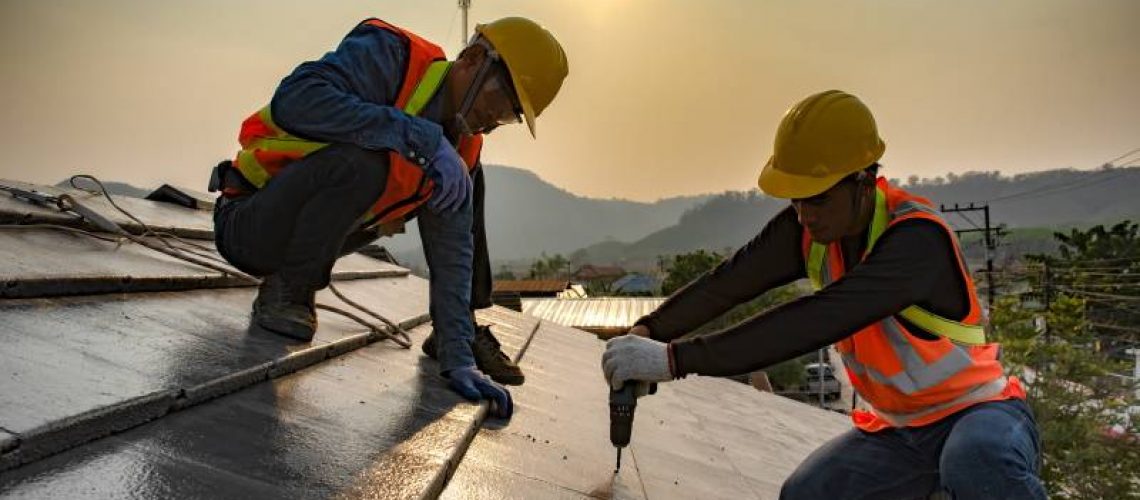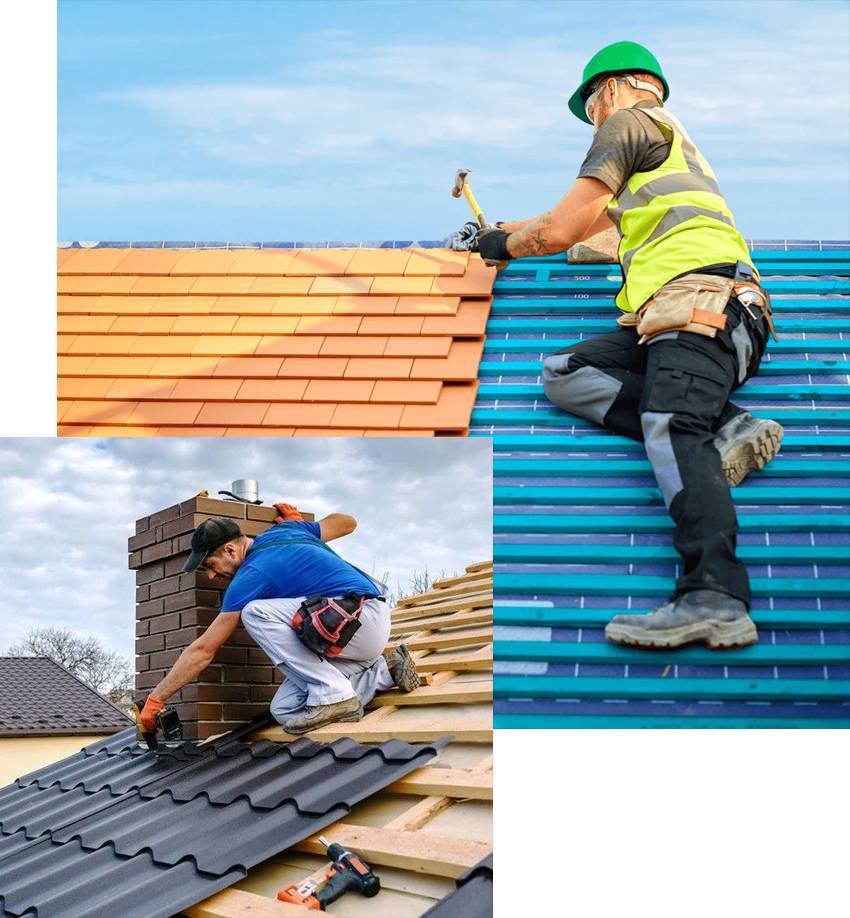Professional Tips for a Flawless Roof Covering Flat Roof Covering Installment Refine
The setup of a flat roofing is a crucial endeavor that requires precise preparation and execution to ensure longevity and effectiveness. Key considerations consist of choosing the proper products, understanding the specific type of flat roofing, and sticking to industry requirements during the installation procedure.
Comprehending Apartment Roofing Kind
When thinking about a level roof covering installation, it is necessary to understand the different types readily available, each offering distinctive advantages and negative aspects. The most typical flat roofing system types include built-up roof coverings (BUR), modified bitumen roofing systems, and single-ply membranes.
Built-up roofing systems are composed of multiple layers of asphalt and felt, giving outstanding waterproofing and longevity. These roofing systems are often preferred for residential applications due to their simplicity of setup and repair work.
Single-ply membrane layers, such as EPDM, TPO, and PVC, are acquiring popularity for their light-weight nature and simplicity of installment. EPDM, understood for its durability, is particularly effective in varying climates, while TPO and PVC provide exceptional energy performance and reflectivity.
Ultimately, the option of level roofing type will certainly depend on factors such as the structure's design, neighborhood climate, and budget considerations. Comprehending these options is vital for making sure an effective setup that satisfies particular requirements and needs.
Necessary Tools and Materials
To attain an effective flat roof covering installation, having the right tools and products is extremely important. A well-appointed installment group makes sure performance and quality throughout the process. Secret tools consist of a measuring tape for accurate dimensions, an utility knife for reducing roof covering materials, and a pneumatic nail weapon for safeguarding membrane layers. Furthermore, a heat welder is important for thermoplastic roof, while roof covering rollers help in accomplishing correct attachment.
In terms of products, selecting high-quality roof covering membranes is important. Sealants and adhesives ideal for the selected membrane type are additionally crucial to protect against leaks and ensure toughness.
Safety and security equipment, consisting of harnesses and tough hats, must not be overlooked to protect workers throughout setup. Furthermore, having a trusted ladder or scaffolding is very important for safe access to the roofing. Spending in these important devices and materials will certainly bring about a much more efficient, efficient, and eventually successful flat roofing installation.
Preparing the Roofing System Surface
Prior to setting any kind of roof covering materials, it is necessary to prepare the roof covering surface area completely to make certain optimum attachment and durability of the installment. This prep work process involves numerous critical actions that have to not be forgotten.

Furthermore, look for moisture and guarantee that the surface area is completely dry. Any kind of entraped wetness can result in mold and mildew growth and endanger the integrity of the roof system. If necessary, use a moisture meter to confirm dryness.

Step-by-Step Setup Process
With the roofing system surface view effectively prepared, the emphasis moves to the step-by-step setup procedure that will make sure a durable and efficient flat roof covering system. Begin by outlining your products, consisting of the membrane layer, adhesive, and any type of necessary devices such as rollers and utility blades. Procedure and reduced the roof membrane layer to fit the roofing measurements, enabling overlaps at seams.
Next, apply the adhesive according to the maker's specs, guaranteeing even insurance coverage for optimum bonding. Meticulously position the membrane onto the sticky, starting from one end and working your method throughout. Utilize a roller to eliminate air bubbles and guarantee optimum attachment.
Once the membrane is securely in position, emphasis Learn More on sealing sides and seams (Flat Roof Installation in Cuyahoga Falls). Use an ideal sealer or tape to enhance these locations, avoiding water seepage. Install flashing around infiltrations, such as chimneys or vents, to provide added defense
Upkeep and Examination Tips

Begin by performing aesthetic assessments a minimum of twice a year, ideally in spring and fall, to determine any type of indicators of damage such as cracks, sores, or ponding water. Pay special interest to seams and flashing, as these locations are susceptible to leaks.
Eliminate particles, such as fallen leaves and branches, from the roofing surface and drainage systems to avoid water accumulation. Flat Roof Installation in Cuyahoga Falls. Make sure that downspouts and seamless gutters are clear to assist in appropriate water circulation
In addition, look for any indicators of mold and mildew or algae development, which can jeopardize the roofing's stability. If you discover any type of problems, address them quickly to avoid more extensive damages.
Think about engaging a specialist roofer for comprehensive evaluations and upkeep solutions. They can offer insights on fixings, layer applications, and other preventative procedures to improve your flat roof covering's longevity. Focusing on maintenance will certainly guard your investment and supply comfort.
Final Thought
In conclusion, adhering to meticulous preparation and installment techniques is vital for achieving a remarkable level roof. Normal upkeep and evaluations post-installation serve to prolong the roofing system's life expectancy and prevent possible issues.
The installation of a level roofing is an important endeavor that needs careful planning and execution to make sure sturdiness and performance. Key considerations consist of selecting the ideal materials, comprehending the particular kind of level roof covering, and adhering to market requirements throughout the installation process.To achieve a successful flat roofing system setup, having the right devices and materials is extremely important. Investing in these essential tools and products will lead to an extra reliable, effective, and ultimately successful level roof installation.
With the roof surface area correctly prepared, the emphasis shifts to the detailed installation procedure that will certainly make certain a efficient and sturdy level roofing system.